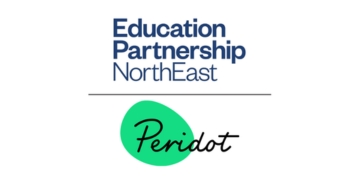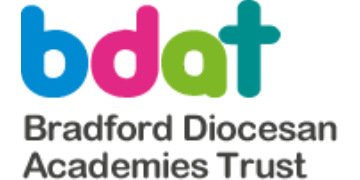When I started this role six years ago, my goal was simple: teach children about sustainability by giving them more access to the outdoors and nature. I couldn’t have imagined the impact this would have on the school all these years later. Behaviour has improved, there are fewer exclusions and we have strengthened our school community.
The 2023 Pearson School Report revealed that six in ten teachers feel they have a powerful role to play in shaping sustainably-minded citizens. I believe this too, and I’d like to share a few things our school has learned on our sustainability journey so far.
The great outdoors
Like many primary schools, our cohort has changed a lot in the past few years. Currently, 22.2 per cent of our students have SEND.
There can be an expectation for schools to provide specialist services without being specialist units, which can be a daunting task for teachers. And while education in this country can feel like a one-size-fits-all approach, the reality is that not all children can sit in a classroom all day. I can’t do that, so why should we expect our children to?
Our school’s solution? Get outside.
Realising the power of outdoor teaching has been revolutionary for our school. Rather than setting some of our children up to fail by forcing them to sit inside all day and then punishing behavioural issues, we go outdoors.
We teach lessons about the surrounding area, about the bugs they see in the school grounds and the shapes they see in the playground. Exposure to the outdoors has not only helped to embed a love of nature among our children, but being able to move around more freely and creatively has dramatically improved behaviour. In turn, this has reduced exclusions.
Growing bonds
There have been other slightly less expected outcomes from our initiatives.
We have an allotment for growing vegetables and we also keep chickens, goats and rabbits. This has helped us to teach children about where their food comes from, the carbon footprint involved in food production and animal welfare, as well as build crucial bonds in the process.
For example, we encourage children who struggle with attendance to come in before school to help feed the animals. This has been a game changer.
One pupil used to be off a lot; he has high anxiety and struggled with the transition from home to school each morning. We gave him the role of feeding the animals in the morning and not only did he do it every day, but he taught other children to do the same. He had a purpose and reason to come to school each day, and it gave him a completely different view of what school could be.
Parents and carers are also encouraged to help out on the allotment and with the animal feeding. By creating these less formal moments of interaction with them, we have found our relationship with the wider school community has grown, along with the vegetables and animals!
Thinking and doing differently
I know there are barriers to progress. Budget is a major issue and I appreciate not all schools have the space for animals or allotments.
However, sustainability initiatives do not have to be expensive or complicated. Every action – no matter how small – has an impact. Place recycling bins in the classroom, participate in ‘walk to school week’ and simply use whatever outdoors you can access.
Yes, it is probably easier – and cheaper – to pave over green space and cut down trees at school to eliminate the need for maintenance, but I am certain that in 15 years, schools will realise the mistake they made.
Pearson’s research shows that 9 in 10 children care about the planet and its animals. By connecting them with nature early on, we can all work to ensure the world they come to inherit is a brighter one.












Your thoughts